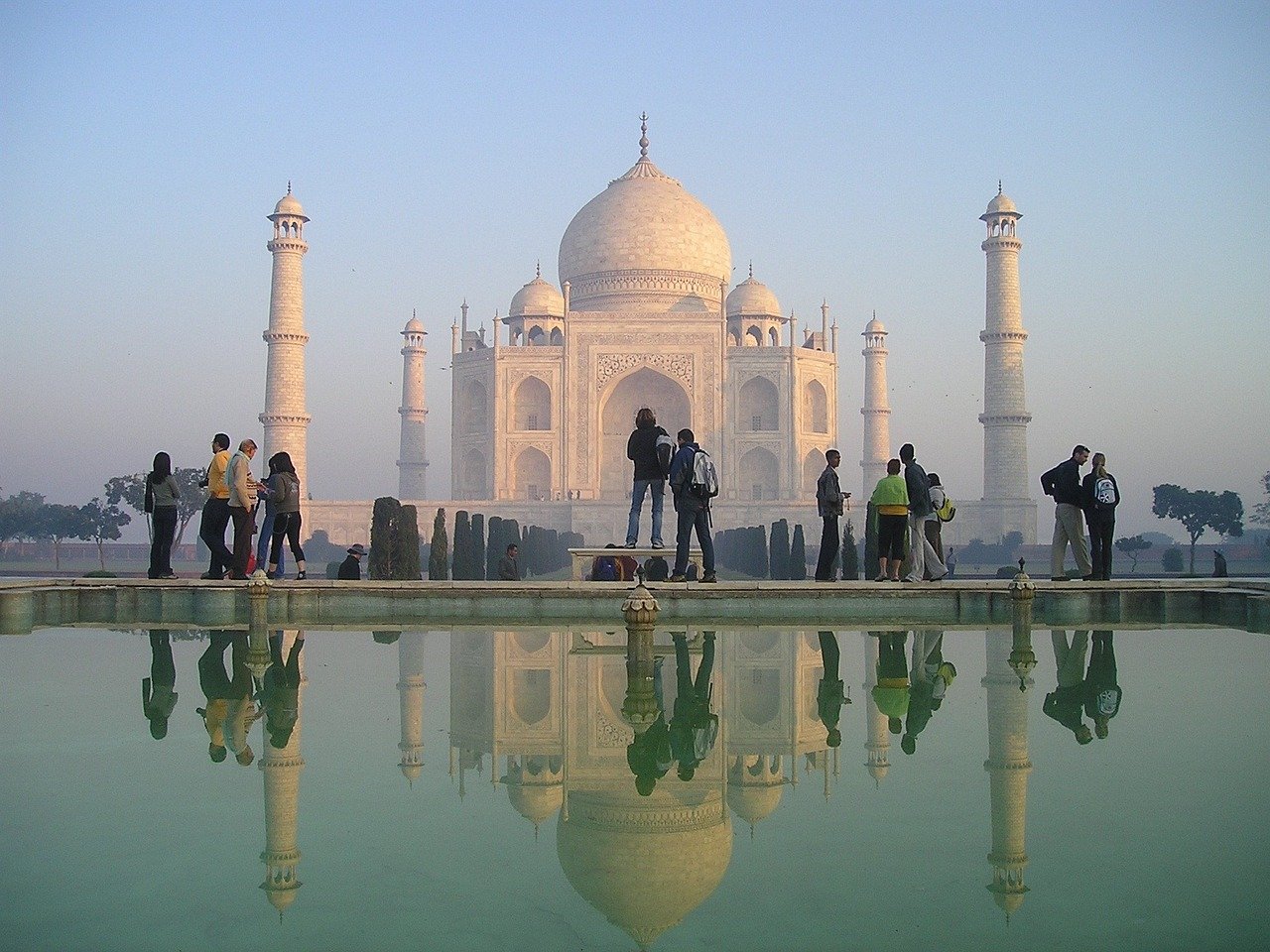India is one of the most popular travel destinations worldwide, attracting millions of visitors each year. Its vibrant festivals, diverse cuisine, and breathtaking cities make it an unforgettable experience for travelers.
If you’re planning a trip to India, you may wonder about visa requirements, specifically, how a Visa on Arrival differs from an eVisa. This guide will help you understand the key differences and determine the best option for your trip.
Understanding the India Visa on Arrival and eVisa
Both visas allow travelers to enter India legally, but they differ in how they are obtained. Regular visas, whether electronic or paper, must be processed before travel. In contrast, a Visa on Arrival is issued at the border upon arrival in India.
Key Differences Between the India Visa on Arrival and the eVisa
If you plan to stay in India for an extended period for work or study, you must visit an embassy to apply for a traditional visa.
However, if you are visiting for a short-term trip related to tourism, business, or medical purposes, an Indian eVisa is a convenient option that can be obtained entirely online before your journey.
Who Is Eligible for an India Visa on Arrival?
Unlike an eVisa, a Visa on Arrival does not require prior approval. Travelers need only present a valid passport upon arrival, and the visa will be stamped directly into their passport. However, this option is only available to citizens of a few select countries.

Currently, only Japanese and South Korean citizens can apply for an India Visa on Arrival, provided they do not have Bangladeshi or Pakistani heritage. This visa allows for a 30-day stay in India for tourism purposes.
Citizens of the United Arab Emirates (UAE) may also be eligible for a Visa on Arrival, but only if they have previously been granted an Indian paper or electronic visa. Otherwise, all other travelers must apply for an eVisa or a traditional visa before departure.
When Is the Best Time to Visit India?
The ideal time to visit India depends on your preferences and travel plans. Here are the peak and off-peak seasons for your convenience:
Peak Season (December to March)
This is the best time for beach vacations, tiger safaris, and temple tours. The weather is pleasant, with minimal rainfall and comfortable temperatures, making it perfect for sightseeing. However, it is also the busiest season, so expect crowds.
Off-Peak Season (April to June)
If you prefer fewer crowds, consider visiting during this period. Temperatures can be high, so lightweight clothing is recommended. This is also an excellent time to explore the cooler Himalayan regions in northern India.
Regardless of when you visit, India offers a diverse and enriching travel experience. By understanding the visa process, you can ensure a smooth journey and focus on enjoying everything this incredible country offers.


